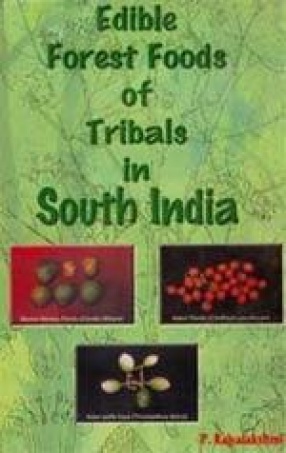Forests are the repository of variety of foods. Tribals living as part of nature exploited nature to meet their food demands. Some of their foods are uncommon to us and nutritionally superior and can be selectively used for bringing about better varieties. It is important in this context the exploitation of edible wild stock of flora rich in carotenoids, as forests are one of the largest ecosystems of the world. Conserving the edible wild varieties is very important as sources of genetic stock of the species. This book enlists 104 forest foods comprising of green leafy vegetables (GLVs), roots and tubers, fruits collected and consumed by the tribals and their total carotenoids (TC) and beta carotene content as analyzed using an advanced analytical technique i.e., non-aqueous reversed phase High Performance Liquid Chromatography (HPLC). This book projects the importance of recognizing and promoting wild flora rich in provitamin A carotenoids and the possibility of producing value added products like health foods, processed food products, flavours for commercial exploitation. It serves as an important reference document for National and International Educational Institutions, Professional Nutritionists, Horticulturists, Agriculturists, Biochemists, Food Science and Technologists, Forest Departments, Tribal Research and Welfare Departments, etc., and to all those concerned with applied and medicinal aspects related to plant foods.
Edible Forest Foods of Tribals in South India
In stock
Free & Quick Delivery Worldwide
reviews
Bibliographic information
Title
Edible Forest Foods of Tribals in South India
Author
Edition
1st ed.
Publisher
ISBN
8178350289
Length
282p., Figures; Tables; Appendices; Bibliography; Index; 23cm.
Subjects





There are no reviews yet.